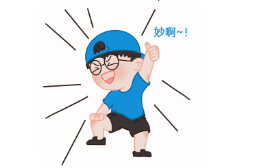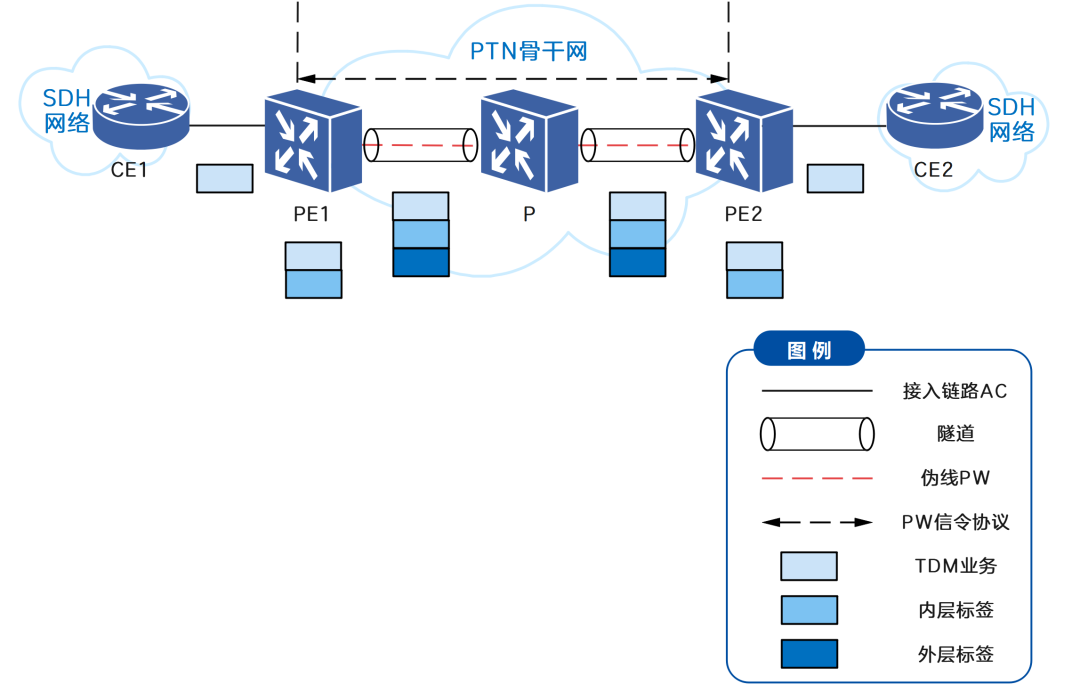Shock! Can the Internet make it easier?


Doubts about "a lot of money"
Boss Wang runs a company called PTN (Packet Transport Network), which mainly uses optical fiber as a medium to provide transmission technology for various voice and data services. With the advantages of high reliability and flexible expansibility of its product technology, PTN gradually replaced its counterpart SDH (Synchronous Digital Hierarchy) company and gained a place in the bearer network market. SDH is a company that mainly transmits voice services based on TDM (Time Division Multiplexing) technology. The business battles between companies in the bearer network market are exciting, but that's another story, so stay tuned. Here's a little story about PTN. One day, Boss Wang took the technical director to see a big customer "a lot of money" lady.

In the negotiation room, Boss Wang explained to Ms. Qian that their PTN technology can perfectly solve problems such as network bandwidth bottlenecks. Later, Boss Wang asked Ms. Qian if she was willing to use their company's products.
Ms. Qian began to look embarrassed: "Mr. Wang, I am very interested in your company's products, but I have two questions:
- We established the SDH backbone network in the early years, and there are many users who use the services of SDH company. After the newly established PTN backbone network, the cost of maintaining these backbone networks and the corresponding access network at the same time will be very high. Is it possible to eliminate the need for the SDH backbone network? SDH network access mode and PTN network integration?
- Our users still have many demands for TDM services. TDM services need to be transmitted between the PTN network and the SDH network. How to implement TDM services in the PTN network? "


"Li Chenggong" Coup
Technical Director Lao Li said: "We already have solutions to these two problems. After the PTN backbone network is built, traditional networks such as SDH can be moved down to access networks. "Ptn", disguise them as what PTN recognizes, they will remove the disguise when they leave the PTN network to reach the user, so that your problem can be solved perfectly, we call this "disguise" as PWE3."

After hearing this, Ms. Qian couldn't help giving her thumbs up: "Wonderful~! I am very interested in your PWE3 technology, and I hope this solution can be implemented quickly."
"Transferring" in the transmission network - PWE3
 What is Yirongshu PWE3?
What is Yirongshu PWE3?
PWE3 (Pseudo-Wire Emulation Edge-to-Edge Pseudo-Wire Emulation) is a Layer 2 service bearing technology that simulates ATM, Frame Relay, Ethernet, TDM/SDH as realistically as possible in the PTN network and other basic behaviors and characteristics of business. The core idea of this technology is to establish an end-to-end virtual channel between the service sending end and the receiving end, in which the transmission of different services is realized.
What makes PWE3 easy?
Before introducing PWE3 in detail, let me briefly introduce the key components of PWE3.

- CE1 and CE2 (Customer Edge): customer-side edge devices, which are used to interface with edge devices of the PTN network.
- PE1, PE2 (Provider Edge): Edge devices on the network side, used for encapsulation and decapsulation.
- AC (Attachment Circuit): Access circuit used to connect CE and PE.
- VC (Virtual Circuit): Virtual circuit, used for unidirectional logical connection between two PE devices.
- Tunnels: used to carry PWs and provide end-to-end connectivity.
- PW (Pseudo Wire): Pseudo wire, composed of a pair of reverse virtual links, used to carry customer services. Different client services are carried by different pseudowires.
- PW Signaling Protocol (PW Signal): The PW is created and maintained by negotiating parameters through the signaling protocol. Generally, LDP (Label Distribution Protocol) is used as the signaling for transmitting VC information.
- Inner label: used to identify the PW, and contains VC information such as VC Type and VC ID.
- Outer label: used to identify PE2.
How does the business rely on Yi Rong to run rampant in various networks?
What is the service transmission process of PWE3? Combining the above description of the components of PWE3 and the following pictures, we can make an analogy with express delivery across cities. Comparing the business to express packages, CE is equivalent to express delivery sites in the area, PE is equivalent to municipal transshipment centers, and PW is equivalent to air, water, and land transportation.

- Xiaoming in city A wanted to send a package to Xiaohong in city B. Xiaoming called a courier to collect the package.
- The courier delivers the package to the nearest courier station CE1.
- The staff at the express station is responsible for loading all arriving packages and sending them to the transit center PE1 in City A.
- After the package arrives at the transit center, the staff will affix an inner label to each package, and then distribute it according to the package's weight, volume, receiving address and delivery service level. in a large box and labelled on the outer layer.
- Large packages are transported to the municipal transshipment center PE2 in City B by suitable transportation methods such as trains and cars.
- After receiving the large package, the express transshipment center in City B unpacks it, tore off the two-layer label, and distributes it to the express delivery site CE2 in the area according to the express information table in the logistics system.
- The courier completed the delivery of the package, and Xiaohong successfully got the package sent by Xiaoming.
What are the secrets for the cultivation of the transfiguration technique?
The secret weapon for PWE3 to practice Yi Rongshu is to use the PW signaling protocol to establish a PW. After the PW is established, various services can be transmitted in their simulated virtual links. The mainstream LDP signaling protocol is used as an example to describe the following. How to use the PW signaling protocol to create and delete a PW, we use two diagrams to introduce.

Create pw schematic
- PE1 sends a Request packet and a Mapping (label mapping) message (the message includes information such as VC label, VC Type, VC ID, interface parameters, etc.) to PE2.
- After PE2 receives the Request message, it immediately sends a Mapping message to PE2, and compares the received Mapping message with the local VC information. If the information is consistent, PE2 accepts the label mapping message, and the one-way VC1 is successfully established. inner label.
- PE1 performs the same check after receiving the Mapping message from PE2, and successfully establishes VC2. At this time, two opposite VCs, namely PWs, are established successfully, and PE1 and PE2 notify each other's status through Notification messages.

delete pw schematic
- When PE1 detects that the AC or tunnel status is Down, PE1 sends Withdraw and Release messages to notify PE2 to remove the label.
- After receiving the message, PE2 removes the label of VC1 and removes VC1. After the removal is completed, a Release message is sent to PE1 to respond to PE1 that the label has been removed.
- After receiving the Release message, PE2 removes the label of VC2 and removes VC2. At this point, the PW deletion is completed.
"Li Chenggong" work summary
The PWE3 easy-to-follow program was successfully implemented, and PTN received a large order from Ms. Qian. At the project review meeting, Director Li reviewed and summarized the highlights of the program:
- In some special scenarios, PWE3 can realize the transmission of different services and the interworking of different networks. For example, an operator has established a national backbone network. Users have two branches in Shanghai and Beijing. The Beijing branch is connected to the backbone network by ATM, and the Shanghai branch is connected to the backbone network by FR. The operator only uses it in Beijing. Establishing a PWE3 connection with Shanghai can provide users with point-to-point services across the WAN.
- The key to PWE3 technology is the establishment of PW.
- PWE3 workflow: encapsulation-transmission-decapsulation.
- The PWE3 networking mode is divided into single-hop and multi-hop, and its transmission mechanism is the same.